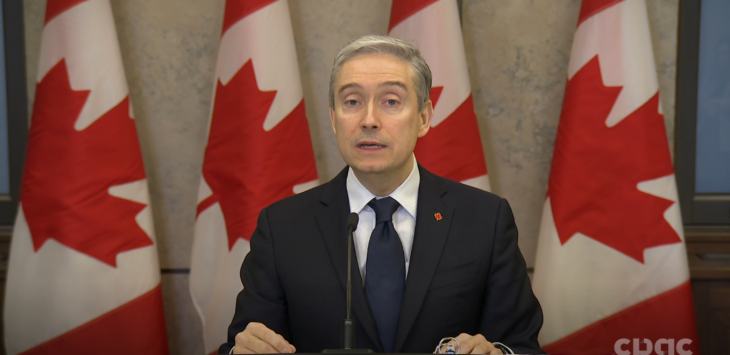
OTTAWA – Innovation Canada is gearing up for an auction Tuesday that will allocate a slice of the 3.8 GHz spectrum.
The auction is open to 22 companies that have qualified to bid on the 4,300 20-year licenses being auctioned across 172 Tier 4 service areas, which are smaller areas compared to higher tiers. The department expects users to push the wireless spectrum’s use into rural areas, with 250 MHz available in each Tier 4 area.
The department held a technical briefing with the media on Monday outlining its goals for the midband spectrum that can carry data over long distances, which it said is ideal for 5G and rural broadband uses.
Opening bids sit at $1.16 billion.
The department is signaled its “ambitious” “use-it-or-lose-it” policy, which sets deployment conditions for the spectrum’s use. Each licence has population coverage requirements that increase throughout the term of the licence and is higher if the Tier 4 area has a large population centre.
For licensees operating mobile LTE networks, they will be required to deploy the spectrum to at least 97 per cent of the network footprint, including in rural areas, within seven to 10 years, the department said, adding speculation on the spectrum will be deterred by requiring the licensee to meet deployment conditions before transfer.
For tiers that contain a large population centre excluding Montreal, Toronto and Vancouver, ISED will require 90 per cent of the population to be covered within seven years; 95 per cent outside of the large urban pop centres within 10 years; and 97 per cent within 10 years.
For areas that include those three major cities, the department will require 90 per cent of the population within the LTE footprint be covered within five years, 97 per cent of the population within seven years, and 95 per cent of the population outside of the large urban centres be covered within 10 years.
The spectrum has been repurposed for mobile wireless technology from its incumbency as a band for satellite and fixed-wireless use – a move that it said is in-line with international standards. The winning bidders will be able to use the spectrum for whichever use they want to make of it.
The department notes that equipment using the 3.5 GHz spectrum can be reused with the 3.8 GHz band.
ISED is putting a 100 MHz acquisition cap for at least five years for both the 3.5 and 3.8 GHz bands to provide “the opportunity for smaller and regional competitors to obtain the spectrum they need to compete against larger players,” it said in a presentation.
“Companies will not be allowed to acquire spectrum in either band that would exceed the cap in each Tier 4 services area” for that period of time, ISED added.
ISED officials said they don’t have a timeline on when the bidding will end.
Screenshot of Innovation Minister Francois-Philippe Champagne.




